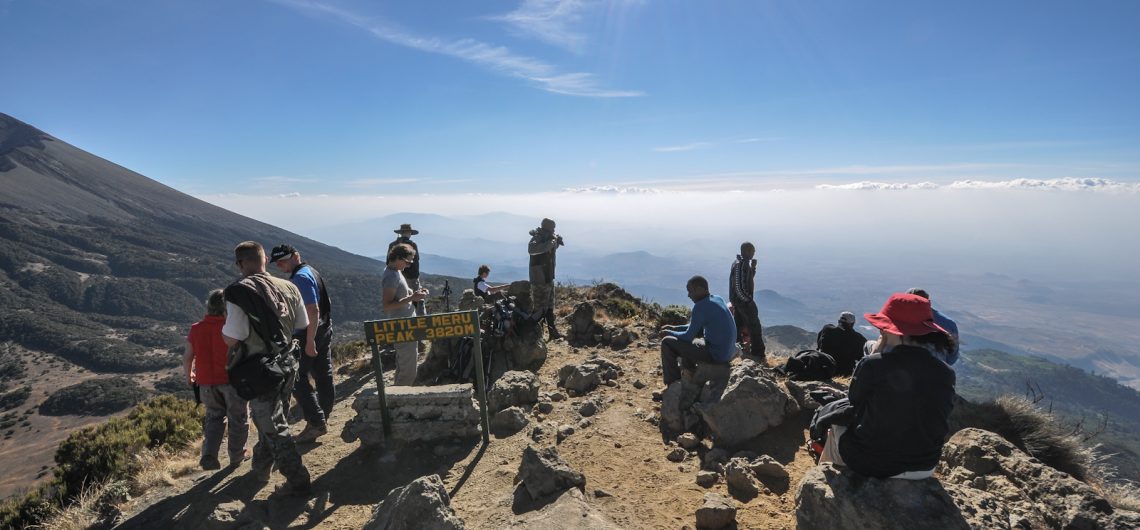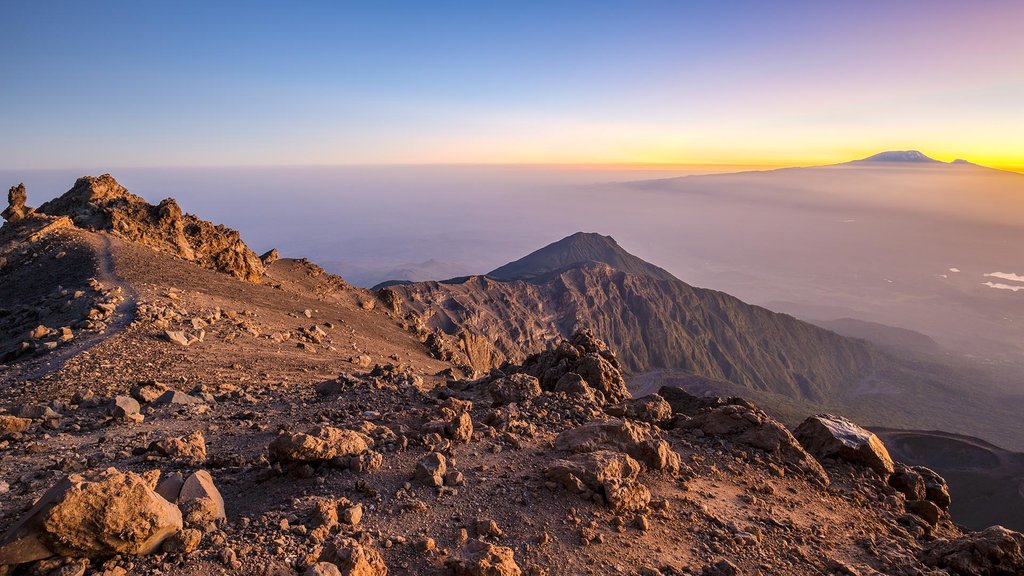Who wouldn’t want to go on an unforgettable Mt Meru Climbing Adventure? Mountain climbing is nearly a must on a vacation to Tanzania. Climbing Tanzania’s mountains is a must-do on any vacation to the adventure-packed country. A tour like Mt Meru Climbing Adventure is an incredible experience that takes you to the summit of the mountain, which stands at 4,556 meters (14, 980 feet) above sea level. The mountain is well known as Mt. Kilimanjaro’s little sister, and it is Africa’s tenth tallest peak. It is an active conical volcano that has progressively lost much of its majesty owing to an eastward volcanic outburst. The mountain continues to be active.
Tanzania has worked hard to preserve its natural beauty. People come here to participate in the Mt Meru Climbing Adventure, which includes a wildlife hunt. Mount Meru, in Arusha National Park, is a magnificent peak.
Wildlife Near Mount Meru
More than 400 kinds of birds, monkeys, and leopards live in the grassland and woodland that surround this mountain. You may rest guaranteed that your trek up Mt. Meru will be the most memorable event of your life. As a result, when you reach the summit of Mt. Meru, you may boldly proclaim that you have climbed Africa’s tallest mountain. On a clear day, you may see small cones and craters that represent the volcanic activity that occurs on the mountain.
Climbing Mount Meru necessitates a level of readiness. They will assist you in getting ready for the climb by assisting you with whatever you need to do and have. Let’s have a look at how to get started on your Mt Meru Climbing Adventure.
 Mount Meru Adventure Itinerary – Momella Route
Mount Meru Adventure Itinerary – Momella Route
- • Day One: Drive from Arusha to the Momella park entrance the next morning, which will let you to hike to the Miriakamba Hut through game-filled environs.
- • Day Two: You have the option of climbing to the saddle hut, which is a 3-hour upward trek from the bottom.
- • Day Three: Start your climb to the summit with a taste of steaming coffee and toast. It is a 5-hour trek, so get started as soon as possible to arrive before daybreak. The sight of the sunrise from the summit of Mt Meru gives you goosebumps since it is such a beautiful sight of the sun and environment.
- • Day Four: After returning to Miriakamba, you will exit the park entrance and check into a hotel in Moshi.
Climbing Tanzania’s daring mountains like Meru and Kilimanjaro is a must-do on every vacation to the country. So begin your journey with Tranquil Kilimanjaro to make it an exciting adventure. In Tanzania, we are a well-known organization in the field of travel and tour-based programs. We have a group of individuals that will accompany you on your journey. Our guides are skilled, experienced, and entertaining individuals who will never let you down on your trekking adventure.
So, to prevent the last-minute rush, book your Mt Meru Climbing Adventure with us in advance. Despite the fact that it is Tanzania’s most popular trek, it always attracts a large number of travelers.
![]()


 Mount Meru Adventure Itinerary – Momella Route
Mount Meru Adventure Itinerary – Momella Route
Comments